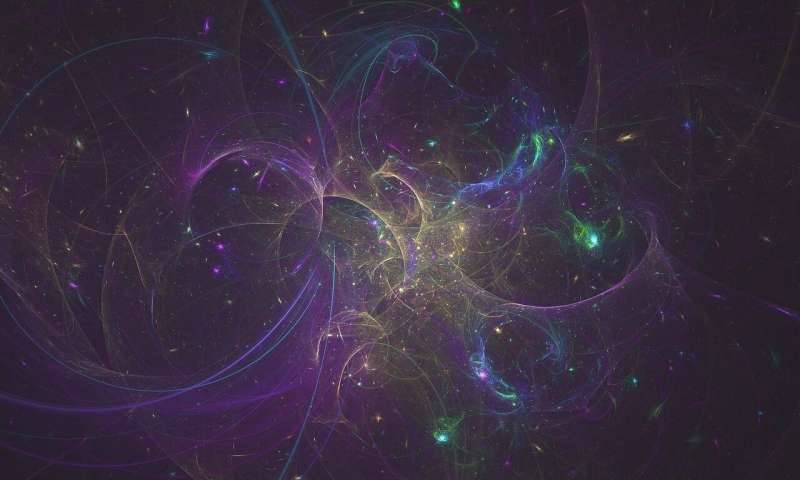State-of-the-art computer code could advance efforts to harness fusion energy

Think of light bulb filaments that glow when you flip a switch. That glow also occurs in magnetic fusion facilities known as tokamaks that are designed to harness the energy that powers the sun and stars. Understanding how resistivity, the process that produces the glow, affects these devices could help scientists design them to operate more efficiently.
Researchers at the U.S. Department of Energy's (DOE) Princeton Plasma Physics Laboratory (PPPL) have used supercomputers and a state-of-the-art computer code to simulate plasma in fusion devices under a wider range of conditions than ever before. This new capability helps researchers predict when the plasma should be calm and when it should exhibit occasional bursts of energy from the plasma's edge known as edge-localized modes (ELMs). The new simulations unexpectedly revealed that whether these bursts occur can be strongly influenced by the plasma's resistivity, the property of a material that obstructs the flow of electric current. This finding seems to explain why ELMs appear in some tokamaks when they were not expected.
Fusion combines light elements in the form of plasma—the hot, charged state of matter composed of free electrons and atomic nuclei—that generates massive amounts of energy. Scientists are seeking to replicate fusion on Earth for a virtually inexhaustible supply of power to generate electricity.
"Previous computer codes could not simulate plasma behavior as accurately as we would like," said PPPL physicist Andreas Kleiner, lead author of a paper reporting the results in Nuclear Fusion. "But the model presented in this paper produces improved simulations that could help us learn how to more effectively stabilize the plasma and extract its heat to make electricity."
The researchers studied spherical tokamaks, compact fusion facilities that resemble cored apples more than the doughnut-like shape of conventional tokamaks. Spherical tokamaks have reduced size and produce cost-effective plasma confinement. "The idea is that you can get more fusion power for less cost," said PPPL physicist Nathaniel Ferraro, a co-author of the paper.
The updated computer code developed by Kleiner could improve spherical tokamaks by helping predict plasma bursts known as edge-localized modes (ELMs). These bursts resemble solar flares and eject large amounts of particles that cool the plasma and can damage the tokamak's internal components. Predicting ELMs could help researchers tailor the plasma to avoid ELMs and ultimately adjust the plasma on the fly to minimize their harmful effects.
"This is an important step toward building a fusion power plant," Kleiner said. "Because energy in these devices will be very large, ELMs could endanger the machine's structure. We need to be able to predict plasma behavior as accurately as possible for these facilities."
More information: A. Kleiner et al, Importance of resistivity on edge-localized mode onset in spherical tokamaks, Nuclear Fusion (2021). DOI: 10.1088/1741-4326/abf416
Provided by Princeton Plasma Physics Laboratory





















